SEO Tips for E-commerce: Improve Your Online Shop's Ranking in Google
SEO is an important tool for e-commerce businesses to bring in new customers. Here are the best tips for your online shop to rank higher in Google.
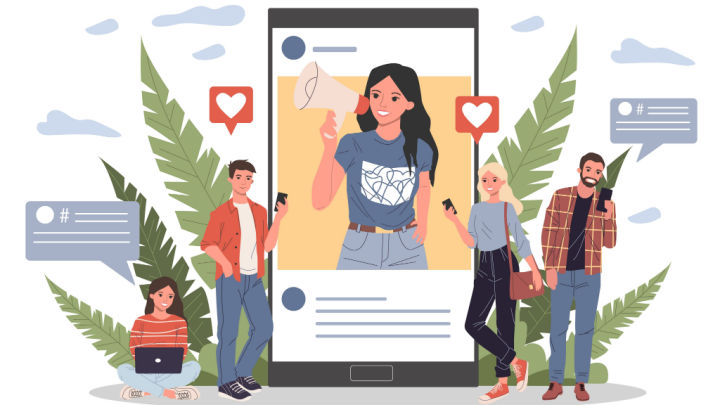
If you aren't already collaborating with influencers to improve the visibility of your online shop and increase your sales, you really should consider it! Thanks to the so-called "Media Impact Value", you can now assign a monetary value to your campaigns to accurately determine their Return on Investment (ROI).
How does this Media Impact Value actually work and how is it calculated? How can this index help you target your campaigns more effectively? In this article, you'll learn everything you need to know about this useful algorithm and how it can help you with your marketing strategy!
Nowadays, a great number of users buy a product after it has been recommended to them by an influencer on social media. That's why influencers have become a significant part of marketing strategies for companies of all sizes.
However, due to the variety of social media, the many new features, and the constantly changing reach of influencers, it has also become more and more difficult to evaluate and analyse the success of influencer campaigns.
Marketing and analytics platform Launchmetrics decided to tackle this issue and therefore developed an algorithm to measure digital interactions in the fashion, luxury, and beauty industries.
Recommended Reading:
Boost Sales with an Influencer Marketing Campaign on Social Media
The Media Impact Value (abbreviation: MIV) is an algorithm developed by Launchmetrics that analyses quantitative and qualitative data to determine and calculate the value of the media impact of influencer marketing actions on a brand image.
It is a registered trademark that is already registered in several European countries.
MIV is thus a method to measure the impact of brand placements and mentions across different communication channels in the fashion, luxury, and beauty industry.
Launchmetrics has developed this unique algorithm so that companies and influencers now have the opportunity to concretely compare their marketing results across different platforms, products, countries, etc.
The MIV allows them to more quickly and easily determine the best marketing strategy for their campaigns based on specific goals and requirements.
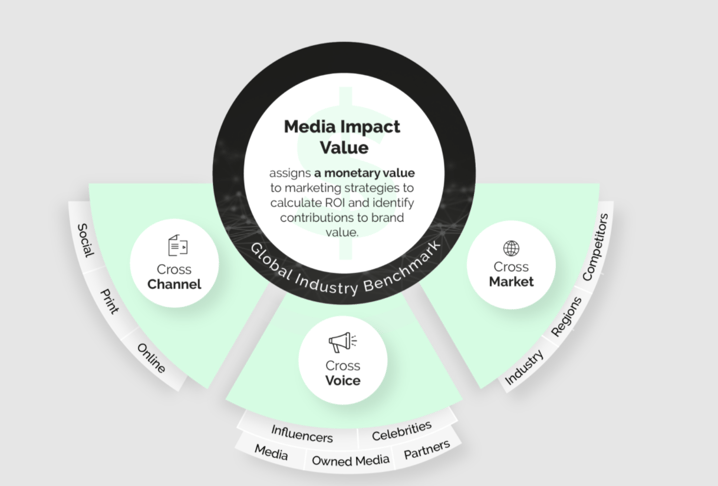
Source: Launchmetrics
The aim is to assign a monetary value to marketing campaigns in order to be able to accurately calculate the ROI of a brand’s marketing strategy on every social media platform used.
This means that the algorithm applies to social media such as Facebook, Instagram and TikTok, as well as on blogs or in print media such as fashion magazines.
Since digitisation has advanced in almost every part of our everyday life, it has been difficult to distinguish between traditional marketing channels, online content, and social media posts.
The results of a sponsored campaign on Instagram could therefore not easily be compared with, for example, an ad in a fashion magazine. This algorithm gives a bit more context to these different campaigns.
Launchmetrics has developed and adapted the algorithm to campaign data specific to the fashion, luxury and cosmetics industries for over five years.
Analysing more than 100 quantitative and qualitative metrics, it represents a very precise method to measure the ROI of every marketing campaign.
To calculate the impact of advertising campaigns, the MIV takes into account four main factors: the reach, prices charged by the media, quality of the media/platform, and quality of the content.
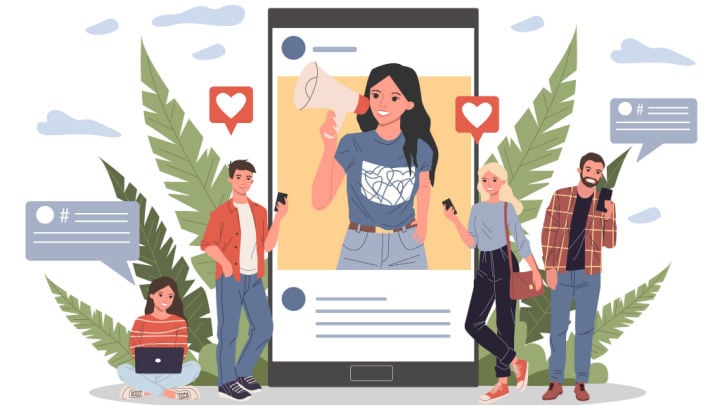
Shutterstock.com/BRO.vector
Using data on media coverage and rates (the value of a placement or endorsement), a basic value is calculated. This base value is then adjusted to the quality of the content, of the placement, or of the mention.
This calculation ensures that popular media (e.g. Instagram) will receive a better rating than less popular ones.
💡Note: For reach, it is, for example, the number of subscribers or followers on a platform (social media), the number of monthly visitors to a website (online), or the number of copies in circulation (print media) that matters.
Recommended Reading:
A Large Reach for Little Money: Guerrilla Marketing in E-commerce
When calculating the quality of the media, the relevance and influence of the channel are particularly important. This means channels that particularly focus on fashion, luxury, and beauty will have a greater impact on your campaign’s success than those that don’t.
It makes sense, of course, that the MIV of an influencer like Zoe Sugg, with more than 9 million followers, is larger than the one of a micro-influencer (between 1,000 and 100,000 followers) that is much less known.
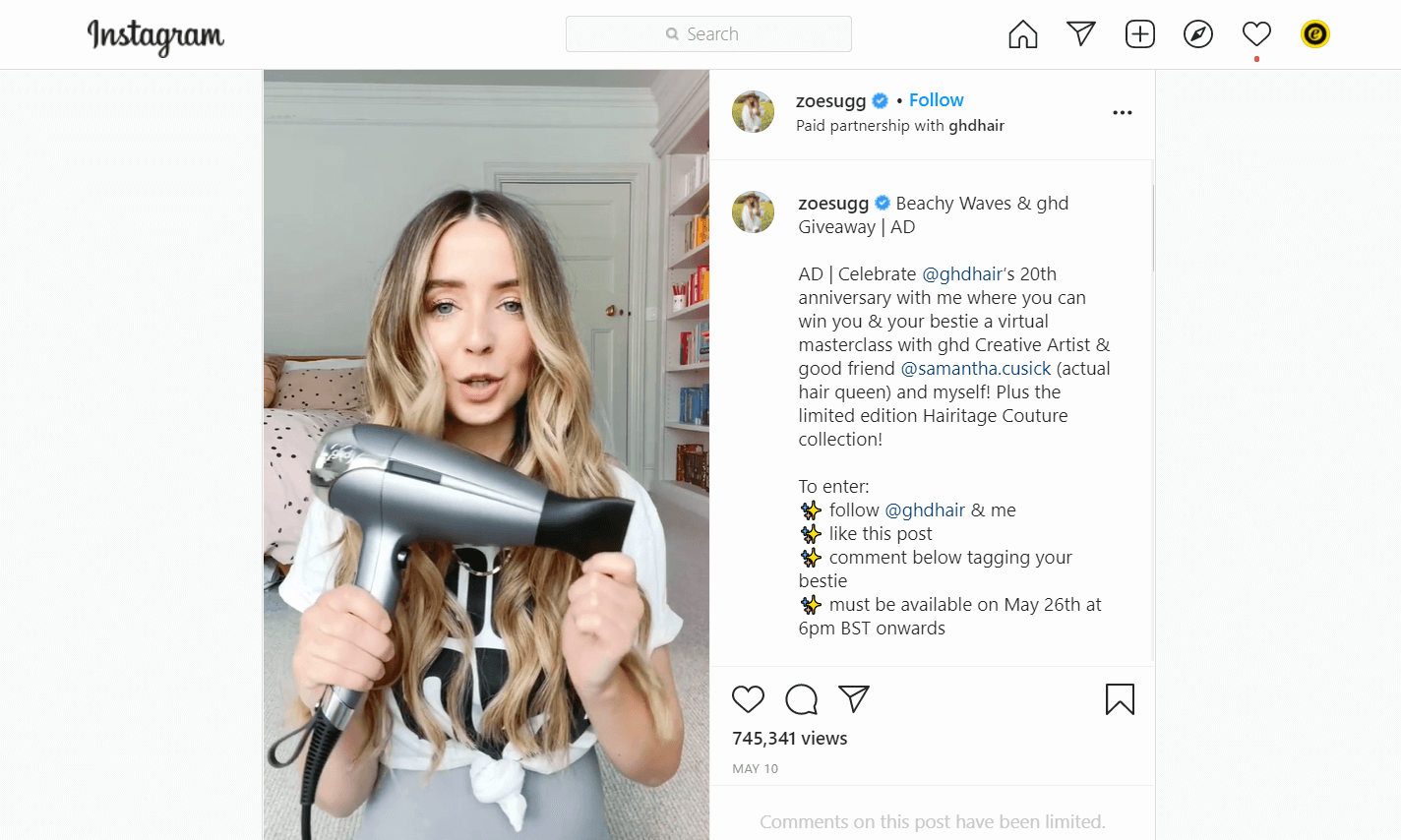
Source: Instagram @zoesugg
For the fourth criterion, the quality of the content, engagement data is essential.
Engagement is measured by the number of likes, the type of hashtags used in the post, the number of brands mentioned or cited, the length of the post and so on.
The MIV takes into account the quality of the content to avoid spam or unauthorised sources.
As mentioned earlier, the media impact value refers exclusively to the world of fashion, luxury, and beauty. On the Launchmetrics website, you can get an overview of how big brands like Nike, Mango, and Versace perform in terms of their MIV in different categories such as media, influencers, celebrities, etc.
Launchmetrics also lists the top influencers in the beauty and fashion sector, showing for which brands they have been able to generate a strong MIV.
Here is a selection of the most profitable influencers for brands according to their MIV:
Italian blogger and stylist Chiara Ferragni (24 million followers on Instagram) scored an MIV of over $20 million in 2019 for luxury brands like Dior.
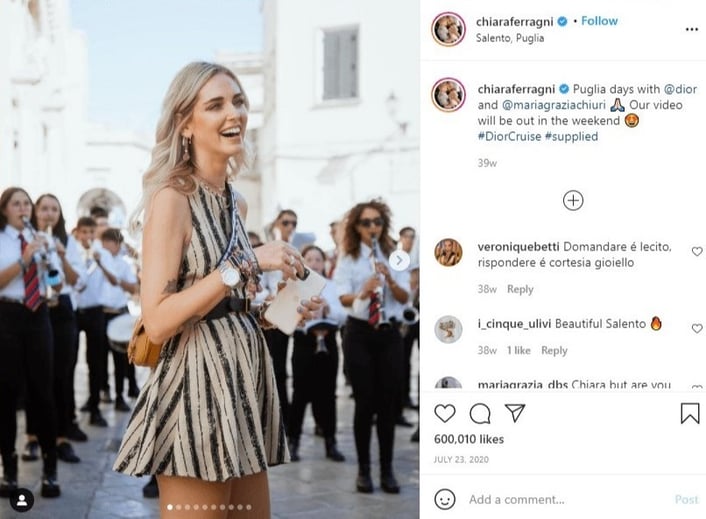
Source: Instagram @chiaraferragni
Kendall Jenner (186 million followers on Instagram), the American model and member of the famous Kardashian family, has already worked with the luxury jewellery brand Tiffany & Co.
In 2019, Kendall Jenner was part of the brand's advertising campaign and generated an MIV of $1.6 million.
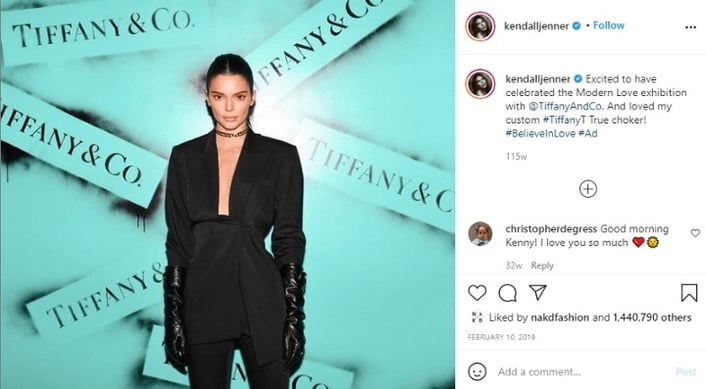
Source: Instagram @kendalljenner
In the field of influencer marketing, many abbreviations are common. However, we’ll help you so you won't confuse MIV with other important terms.
Let us briefly explain the differences between the following metrics: Media Impact Value (MIV), Earned Media Value (EMV) and Advertising Value Equivalency (AVE).
The 3 measurement methods have in common that they all aim to calculate the ROI of marketing actions.
The so-called earned media value refers to any form of communication and presence of a company or brand in the media.
This can include likes, comments, shares, mentions and any other type of brand-related content shared by social media users.
With this metric, it’s possible to determine the amount of money that a marketing campaign or a post on social media needs to be worth in order to achieve a certain reach.
The AVE thus assigns a monetary value to a marketing action. The formula particularly comes into play for print placements, but not so much for social networks, because the advertising rates haven’t been standardised yet.
Both metrics, the MVE and AVE, have major drawbacks. Unlike the MIV, these values do not express whether the coverage or brand mention was a positive or negative one and doesn’t really take into account the quality of the content.
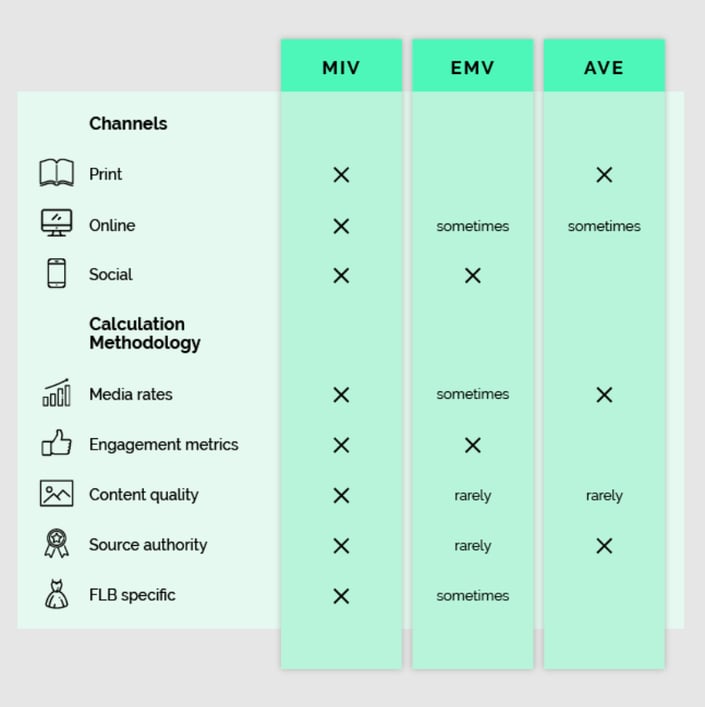
Source: Launchmetrics
As the table above shows, the MIV is very versatile compared to the other two metrics.
All in all, if you’re selling fashion, luxury, or beauty products in your online shop, the algorithm can be of great help in measuring the impact and potential of your marketing campaigns.
Just give it a try!
This article was originally published on our French Trusted Shops blog: Media Impact Value - Évaluez précisément le ROI de vos campagnes d'influence
06/09/21SEO is an important tool for e-commerce businesses to bring in new customers. Here are the best tips for your online shop to rank higher in Google.
Valentine's Day has grown in popularity across Europe. We're sharing some romantic statistics (redundant, right?) and look at 9 marketing tips for V-day.